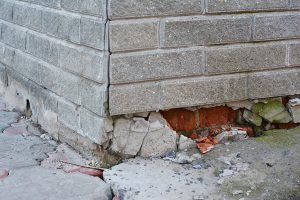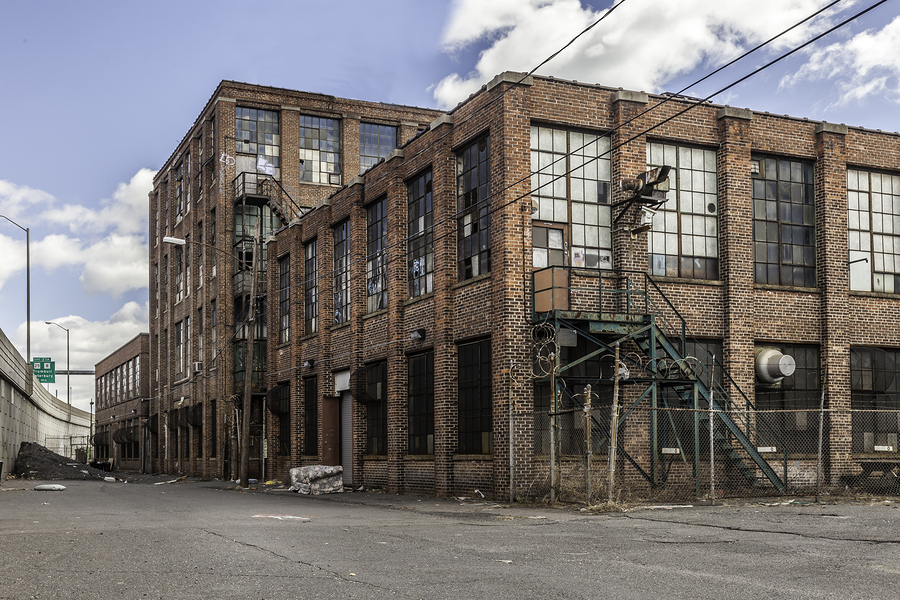Ground stabilisation is a key consideration when starting any renovation building project and needs to be thought about before commencing any other work
It is paramount to ensure that the ground being built on is strong, stable and able to bear additional loads. Any existing subsidence needs to be eliminated and the ground strengthened so that no problems arise in the future.
There are various methods for ground and soil stabilisation: this article looks at the different techniques to assess their pros, cons and suitability for renovation projects.
Why is ground stabilisation so important?
Put simply, the future stability of the building being renovated depends on the state of the ground below. With regards to the safety of a property, the subsidence of a building can cause major issues, while the associated costs of reparation can be significant
Proper ground preparation when undertaking a renovation building project can prevent this from happening further down the line.
For example, there may be voids below the ground that have been caused by washout, burrowing animals or tree roots. Strain from a heavy structure above can cause the property to experience subsidence – or even a sinkhole.
The type of soil you are building on can also pose potential issues. Clay soils, for example, tend to contract and expand depending on the weather, causing heave, while granular soils are free-draining, which can cause subsidence.
For this reason, checking the stability of the ground and rectifying any issues should be the first port of call for a renovation project.
Traditional ground treatment methods
When renovating a property that is built on unstable soil or suffering from subsidence, a classic technique that is used to rectify such issues is underpinning. In this process, excavations are made underneath the property and concrete or steel is used to strengthen the existing foundations.
Types of underpinning:
Traditional Underpinning
In traditional mass concrete underpinning, which has been around for about a century, boxes are dug by hand beneath the property and concrete is poured in sequentially. This creates a new set of foundations underneath the existing foundation. This is generally more suitable for buildings with fairly shallow foundations. It can be used to a depth of around 50 feet.
Beam and Base Underpinning
In this method of underpinning, a reinforced concrete beam is created below the property, resting on a series of mass concrete bases. The exact placement, size and depth of these concrete bases depends on the property and the soil types. It is a more technically advanced form of mass concrete underpinning.
Mini-Piled Underpinning
Mini-piled underpinning involves the construction of concrete mini-piles beneath the existing property to create stability. This method is typically used to transfer the weight of a building very deep into the ground where stable soils are found. There are various types of mini-piled underpinning schemes, including piled raft systems and pile and beam systems.
While underpinning has been used for a long time and can provide effective stabilisation, it has the disadvantages of being a long, disruptive and expensive procedure. A renovation building project can be a lengthy and process as it is, and having the property underpinned can add weeks or even months to a project, as well as the expense of the associated labour costs.
Geopolymer injection
Geopolymer injection is the newest form of ground stabilisation, offering an innovative alternative to more traditional methods such as underpinning. A geopolymer resin is injected into the ground, where it expands, following the path of least resistance, until all voids are filled and soils are compacted. Once expanded, the resin quickly hardens, creating a stable and durable subsurface on which to build.
Geopolymer injection is a popular method as it is quick to carry out compared to other methods and is non-disruptive, requiring only a few small holes for injection to be created in the ground.
It is also suitable for projects with multiple varying issues, such as different soil types and voids, as it is easily able to combat all of these issues at once. If the site is near a water source, this method also helps to avoid future water ingress that could lead to washout. Another advantage of geopolymer resin injection is that it does not affect the groundwater at the site and causes no environmental threat.
Conclusion
When you come to renovate a property, the ground improvement method you use can depend on the unique conditions of the property and the ground it is built on. For example, different types of underpinning suit different foundations, soil types and buildings.
Geobear
Twitter: @Geobearglobal

















